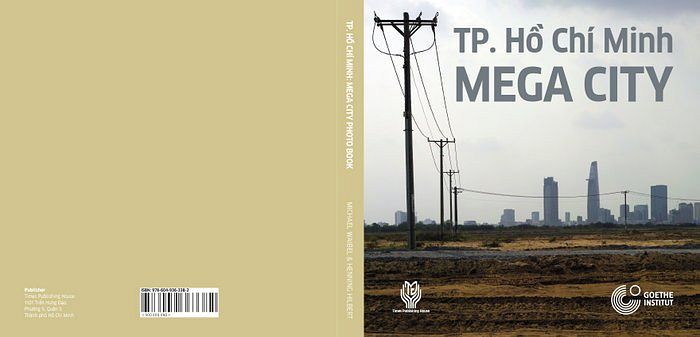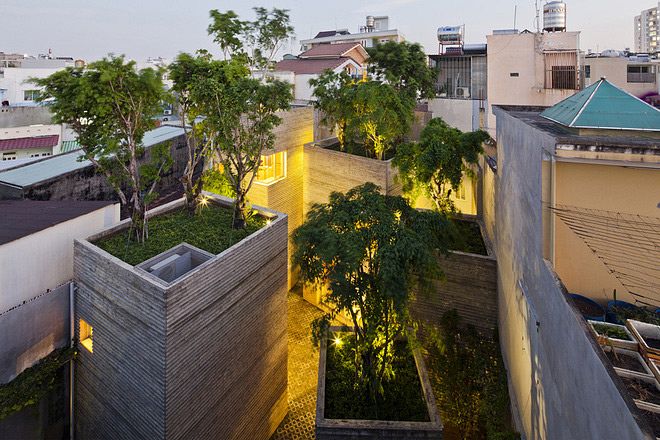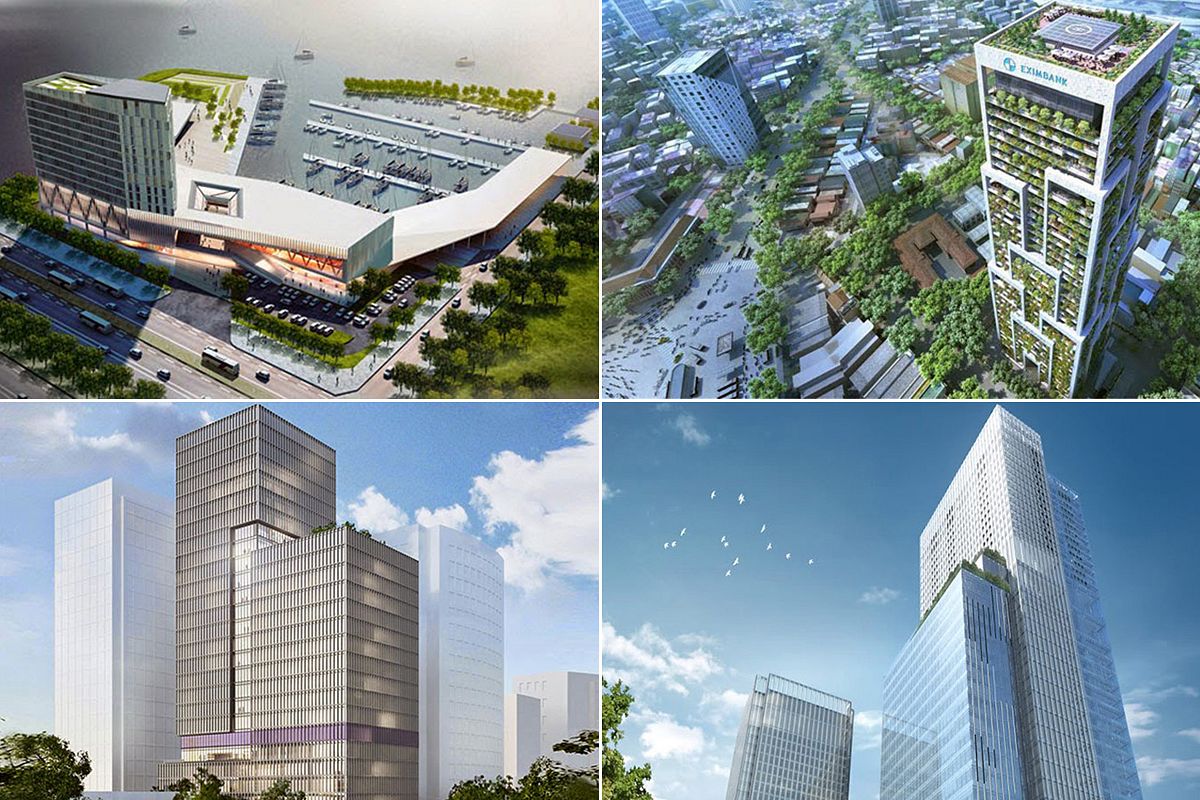Saigoneer is proud to be the media sponsor of the TP. Hồ Chí Minh: MEGA City photo book which was formally released on February 19. The book, edited by Michael Waibel and Henning Hilbert, was produced with the support of the Goethe Institut, and funding from Audi. It is split into 8 chapters, each covering a major theme related to HCMC's rapid urban development. Over the course of the next few weeks, we’ll be giving you an overview of the book's fantastic photos. Today we’ll start with the first chapter: The Mega City from Above.
The book is available at HCMC Artbook book shops. To order a copy directly, please contact info@saigoneer.com.
This article is part of a series. One can find the previous articles here.

Photo by Clément Musil.
The photos in this chapter were taken from the roofs of around 20 high-rise buildings across the city.
Many views show the emerging skyline of District 1 dominated by the remarkable silhouette of the Bitexco Financial Tower and other nearby high-rise buildings like the Vincom Centre, Saigon Times Square or Saigon One Tower – the latter still under construction. The most striking feature is probably the extreme density of the urban fabric in almost every part of the mega city. Even within District 1, with its wide French colonial heritage boulevards, you will see highly densely packed buildings hidden behind the facades of street blocks. If you leave the city centre, you realize that the overwhelming majority of urban space is composed of this seemingly endless maze of low-rise buildings and a dense network of small alleys (hẻm).

Photo by Michael Waibel.
The views also reveal what is called socio-spatial fragmentation in the academic community. This is understood as the immediate proximity of striking contrasts: high-rise and low-rise, high-dense and lowdense, planned and informal, modern and traditional, rich and poor, etc. A perfect example for this would be the view from the City Garden Apartments in Binh Thanh District.

Photos by Michael Waibel.

Photo by Michael Waibel.
From there, you see the luxury residential towers of The Manor and Saigon Pearl emerging from a sea of highdensity low-rise marginal settlements.
Taking photos from the top of these high-rise building was an adventure in some cases. For example, one time the author had to squeeze through a very narrow gap of supply pipes to reach the roof terrace. Another time he accidentally triggered the sound alarm system by passing through a trap door. The most common strategy was to use an often dusty and dark emergency staircase to reach the roof platform. A few times however, he thankfully received official support from building management boards, such as in the case of City Garden Apartments and of Bitexco Financial Tower. On the latter occasion, he was even allowed to take photos from the helipad platform, which offered a spectacular view.

Photo by Michael Waibel.
Some photos were also taken from an airplane. This was quite a challenge, because in many cases the weather was inclement, or the plane was not flying in the right direction, or it was already dark or the airplane windows were too strongly scratched

Photo by Michael Waibel.
This is just a taste of what’s offered in the book which is a value at VND900,000. The book is available at HCMC Artbook book shops. To order a copy directly, please contact info@saigoneer.com.

[Top image taken by Michael Waibel]














